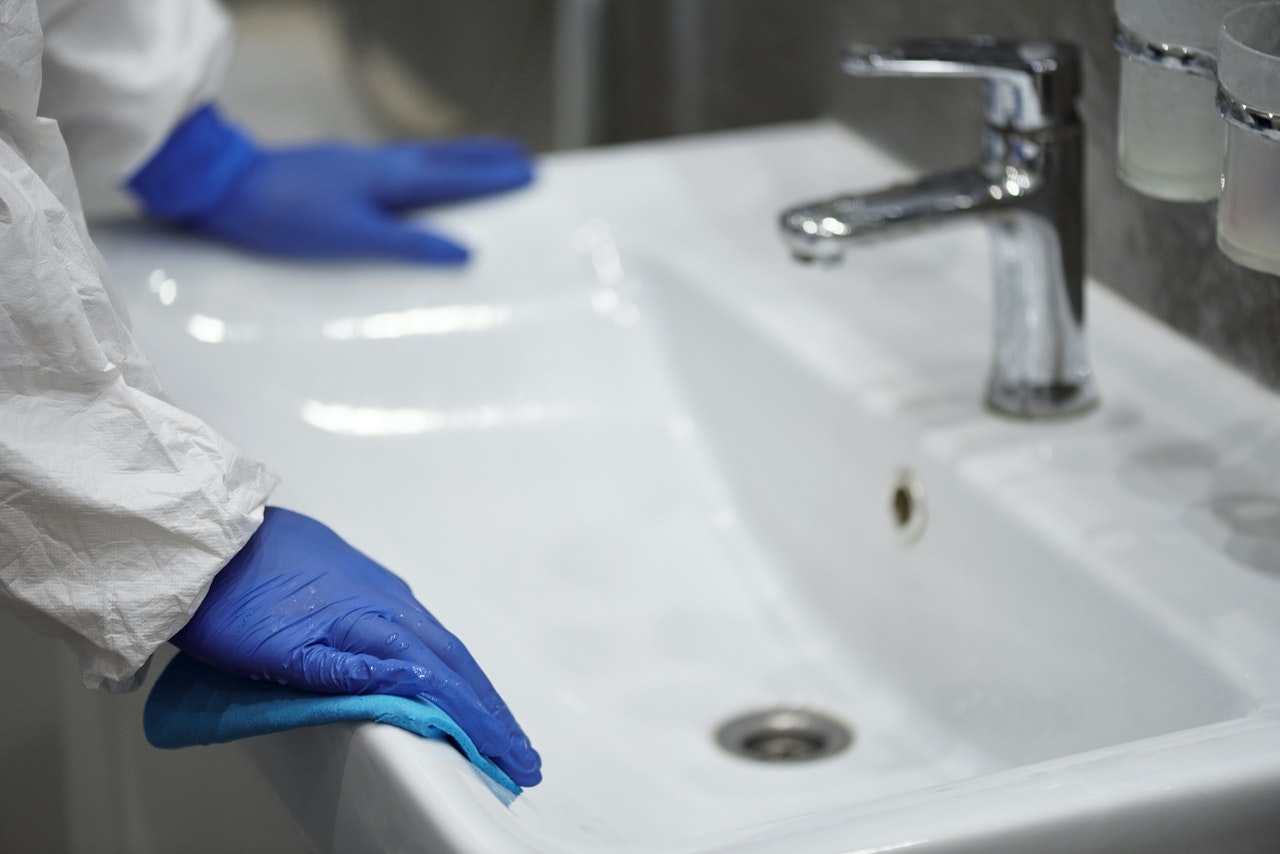Proudly Serving
Augusta, Rockingham, Albemarle Counties and surrounding areas
Common Kitchen Plumbing Problems
December 1, 2020
5 Most Common Plumbing Problems in the Kitchen
They say most accidents happen in the kitchen. Well, one could also argue that most plumbing issues also happen in the kitchen.
Here are five of the most common kitchen plumbing issues and what to do about them:
– Leaky faucets: In most cases the culprit is a worn o-ring seal. If that’s the case, it can be a pretty simple fix. There are lots of different configurations of faucets on the market but if the one you have is pretty straight forward, all you need to do is turn off the water supply, remove the faucet and replace the o-ring. If you have any doubts about your ability to take care of it on your own, call a professional plumber. Whether you do it yourself or call a professional, don’t put it off. Besides wasting water, it could also drip down under your sink and cause water damage to the flooring under your sink.
– Leaking pipes: There are three potential sources of pipe leaks under your sink. They include the drain pipe under your sink, water supply lines and the discharge pipe from your garbage disposal. If you notice leaks from any of these areas, the fix could be as easy as simply tightening the connections. If that does not fix the leak then it may be time to call in a professional. Unchecked water leaks under your sink can cause damage to the flooring and the formation of mold under your sink. In addition, many folks store cleaning supplies under the sink which could be compromised due to exposure to excess moisture.
– Clogs in sink: Even for the most careful of us out there soap, grease and food particles can build up in the p-shaped trap under the sink. When that happens, the result is either a clogged sink or a slow draining sink. With basic clogs a plunger is your safest first option as you do not risk damaging your pipes. Chemical drain cleaners and augers are additional options but need to be used with care to avoid damage to your pipes. For stubborn clogs, it’s best to call a plumber who can safely and professionally remove the clog.
– Clogs in garbage disposal: We’re addressing this one separately because garbage disposal related clogs can be caused by improper use. While the garbage disposal is great for small items in limited quantities, it was not built for a steady diet of grease, bones, potato peals, egg shells or rice. A steady dose of these items is almost a guarantee for clogs and in the case of bones, damage to your unit. If a clog does occur, the same options that were suggested for sink clogs should do the trick.
– Jammed garbage disposal: Occasionally your disposal can become jammed. When that happens, pressing the reset button on the disposal should do the trick. If that does not take care of the problem, your next option is to manually reset your disposal using a special key that you can turn by inserting it in a slot on the bottom of your disposal to free the jam. If neither of those options works, then it’s time to call in a professional plumber.
Perhaps the most important takeaway from these common kitchen plumbing problems is to make sure repairs are done as quickly as possible.
Any water left to accumulate under your sink could cause water damage. Even if the damage is substantial, it is likely not going to be covered by your home owners’ insurance. Most policies will cover damage caused by burst water pipes but that may not include damage caused by a ruptured supply line. That may have to be an add-on to your policy.
The best advice is to make sure you are clear about what your policy covers with regard to water damage related to your plumbing.
At Solutions Mechanical & Plumbing, we hope you found these kitchen plumbing tips helpful. Should you need us, our professionally trained and licensed plumbers can take care of all your plumbing needs. Simply call 540-324-2513 or email service@solutionsmechanical.plumbing to schedule your service.
LEARN ABOUT OUR PLUMBING SERVICES
SOURCE:
Recent News
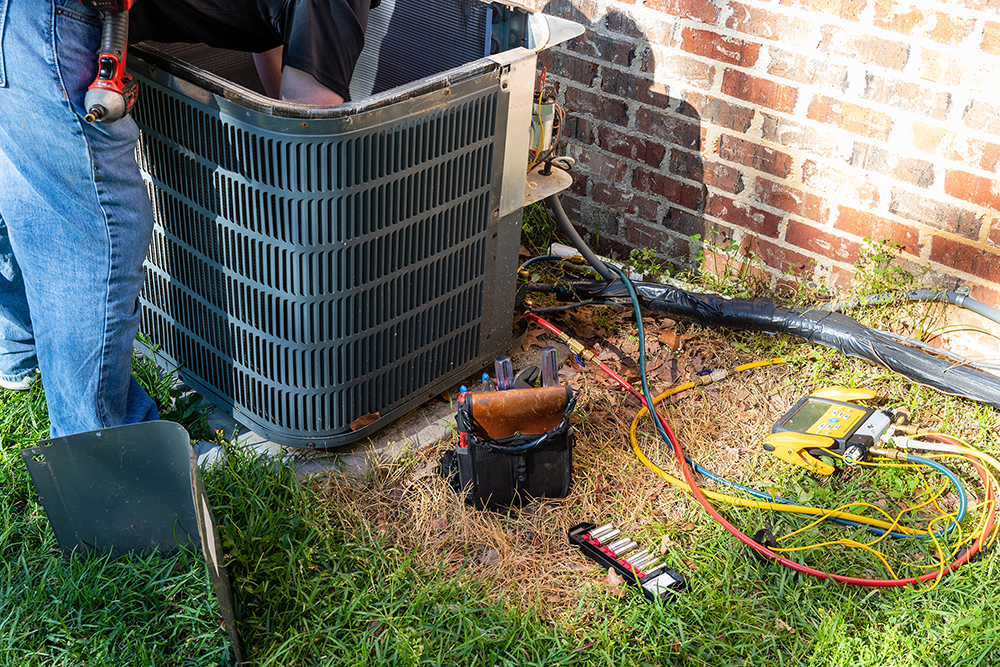
Things to look for when hiring an HVAC professional
August 27, 2023
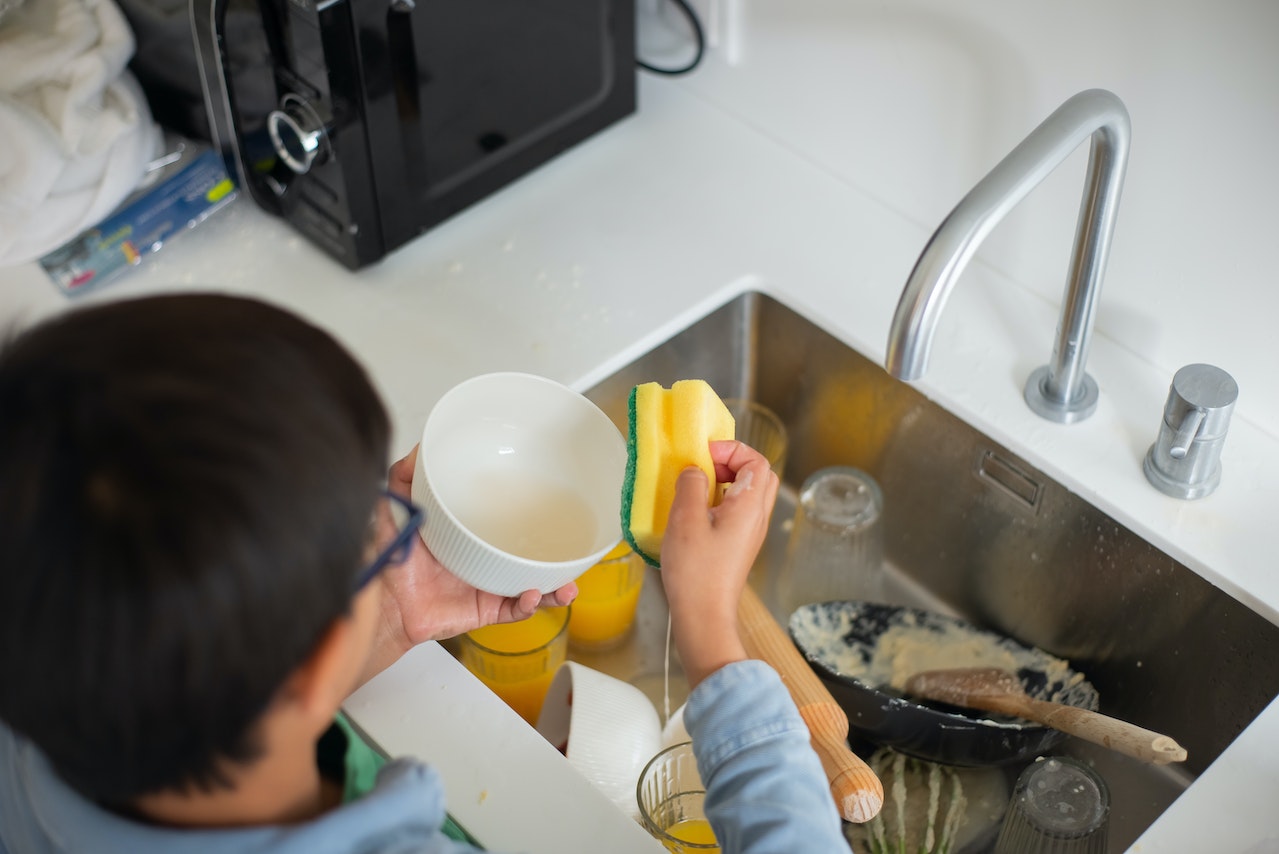
How To Maintain Your Garbage Disposal
April 25, 2023
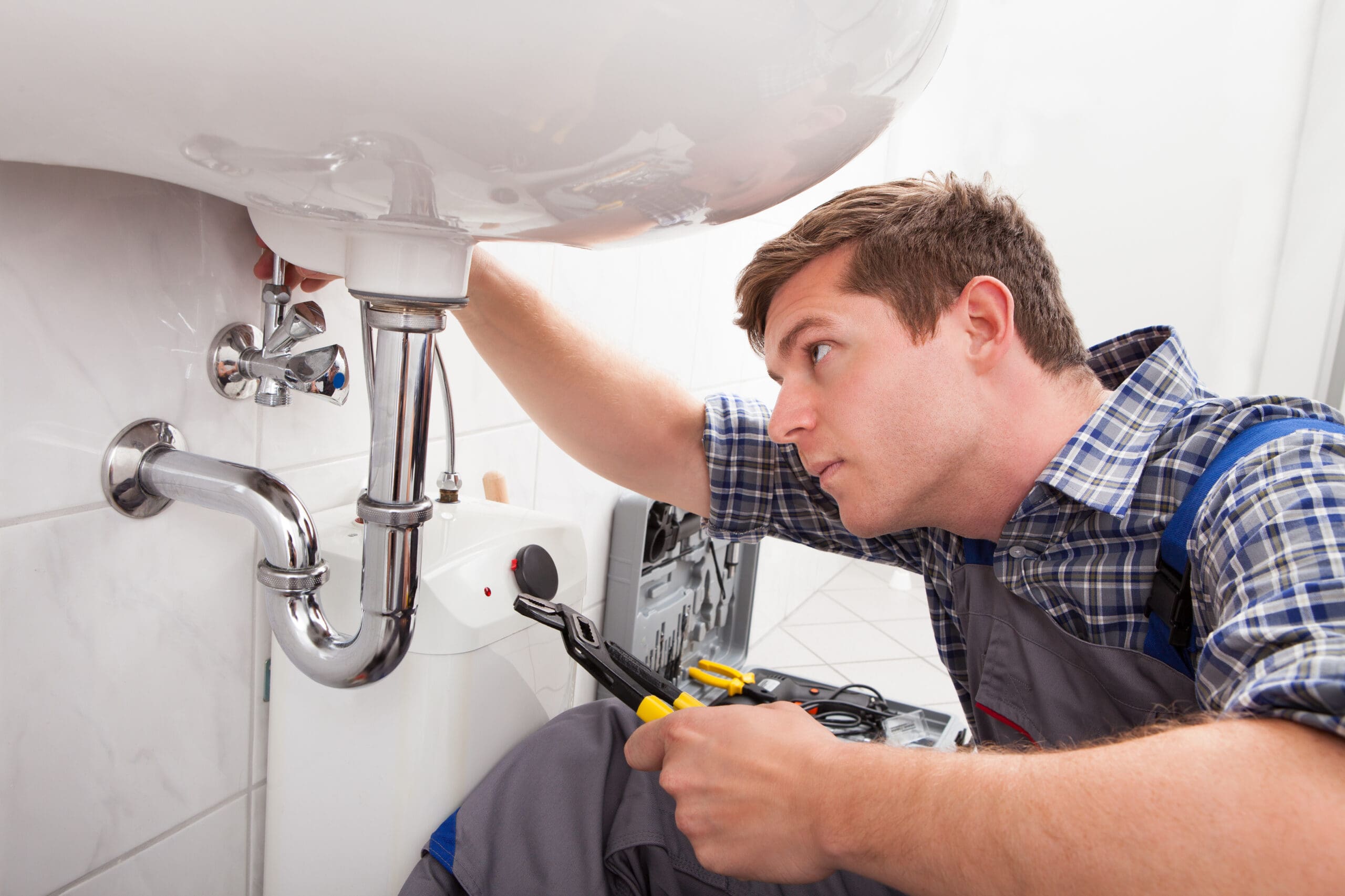
When It’s OK To Try a DIY Fix and When You Need to Call A Professional
April 4, 2023
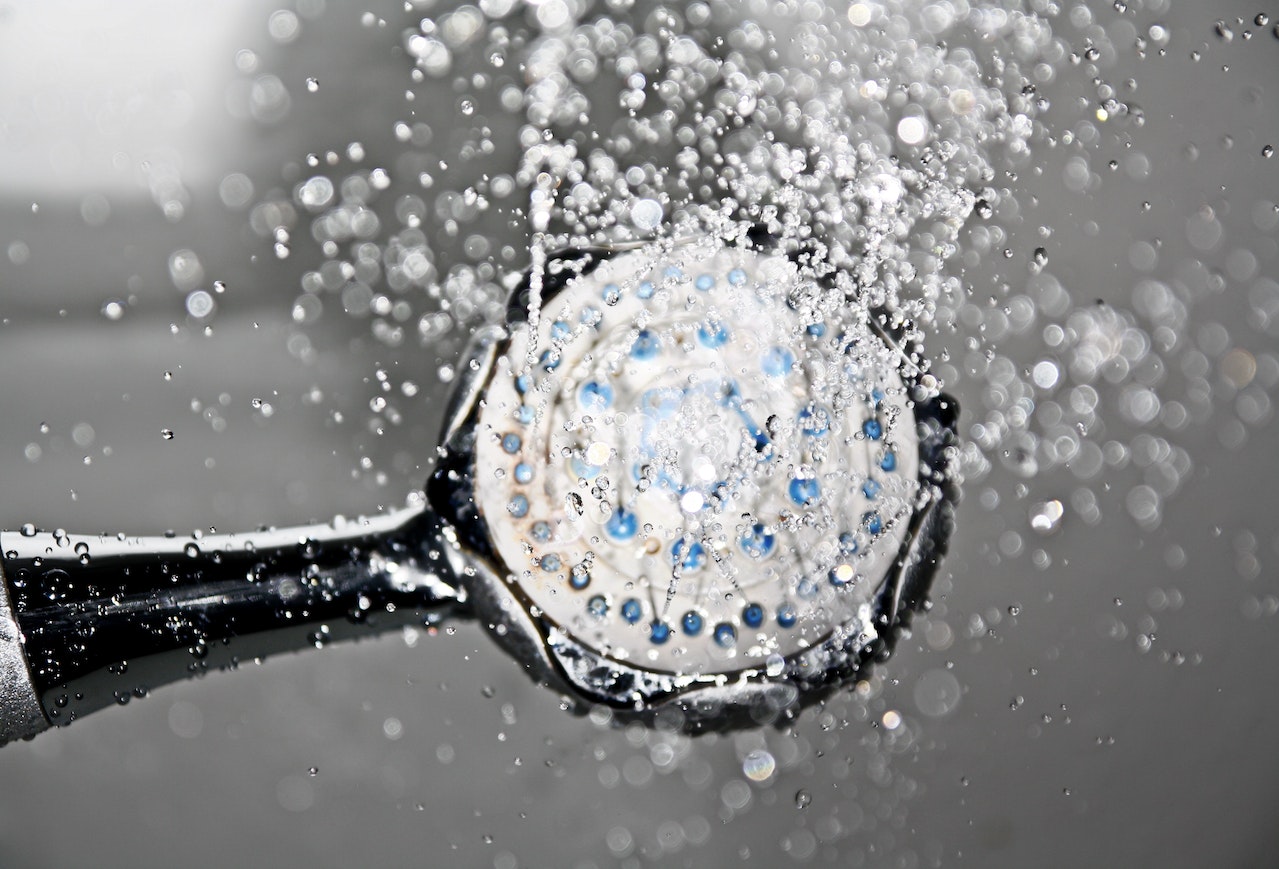
The Difference Between Traditional and Tankless Water Heaters
March 27, 2023
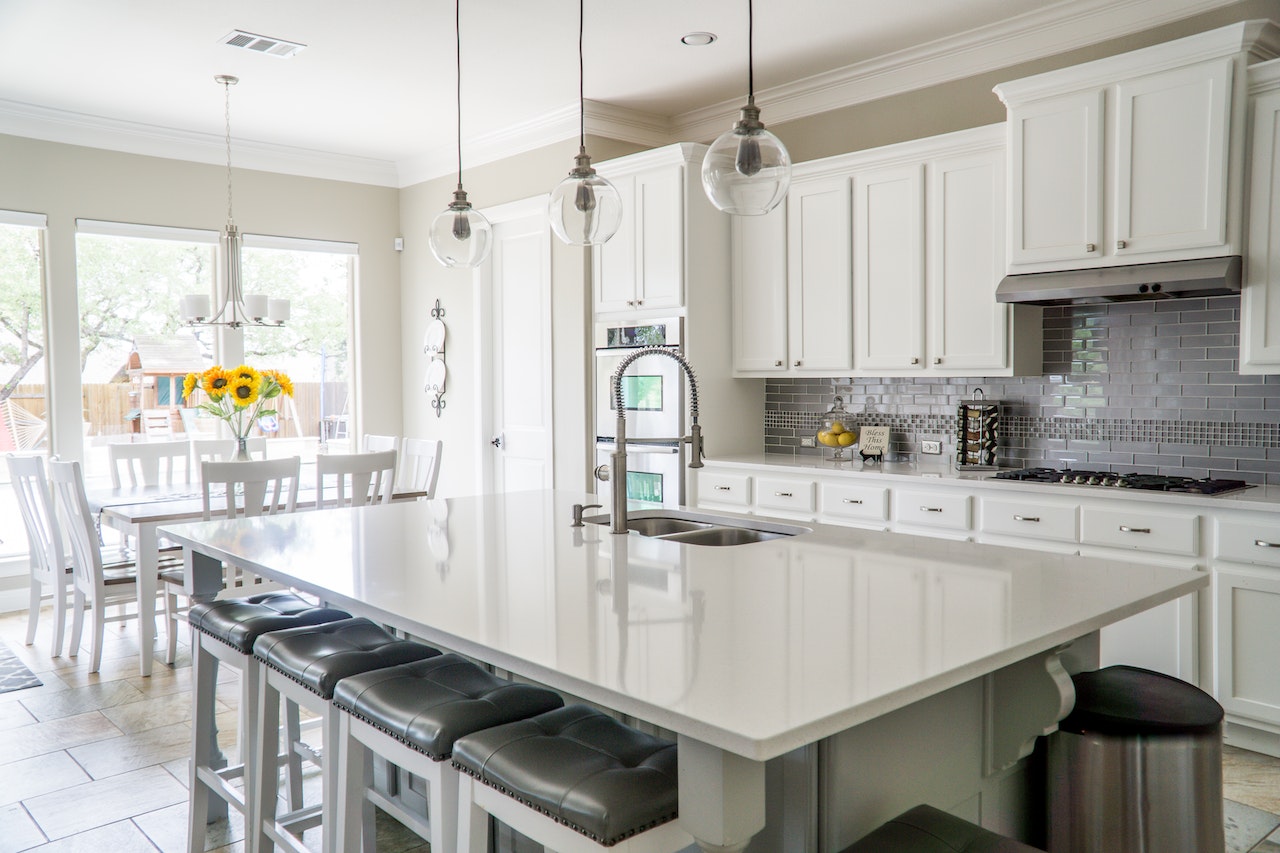
Things to Consider Before Starting a Kitchen Remodel
March 13, 2023

We Are Hiring
August 15, 2022
